Who is the BMW CE 04 Designed For?
The 509-lb electric scooter melds Bavarian auto and moto DNA.
As BMW Motorrad celebrates 100 years in 2023, the sweet spot for the German manufacturer seems to be its popular R nineT, R 1250 GS, S 1000 RR, and R 1250 RT models. Going the distance has been the company’s unofficial motto, it seems, with thousands of customers enjoying the scenery on long trips off-road and on for decades.
So it’s somewhat curious to see the manufacturer enter into the politically-charged EV market, not with a lithe urban marauder dripping with Bauhaus sensibility, but a hefty science experiment reeking of interdepartmental confusion called the CE 04.
First, at 509 pounds with a retail sticker of more than US $12,000, where does this slot into the growing list of urban-focused transportation? As a comparison, Vespa has developed an EV version of its popular scooter called Elettrica, resembling the same Vespa that’s been inspiring millions to scoot fashionably since the late 1940s. It retails for US$8,000 and weighs 290 pounds with a 55-pound battery. Jean rides her gas-powered 2009 Vespa LX150 to work most days, and it would be a simple decision to replace it with an Elettrica some day, if she decided electric was better than gasoline.
I’m not picking on BMW Motorrad. In fact, of the 13 motorcycles I’ve owned since June 2000, four have come from BMW: a ‘74 R 90/6; ‘03 R 1150RT; ‘73 R 75/5 and ‘62 R 60/2. One of my closest friends in the motorcycle industry had a major hand in designing some of BMW’s most iconic bikes during his 15-year tenure, while another makes a living restoring and maintaining classic and vintage Beemers; a motorcycle museum curator friend rides his prized 1965 R 69 S everywhere, while another manages the parts department for San Francisco’s longstanding BMW dealer.
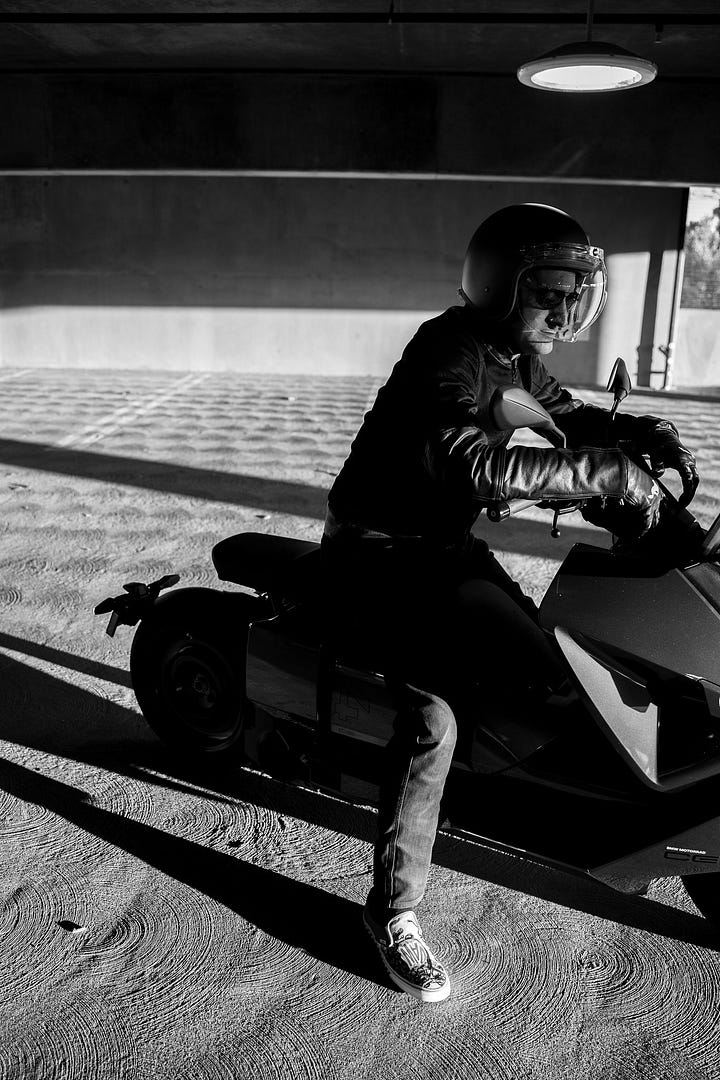
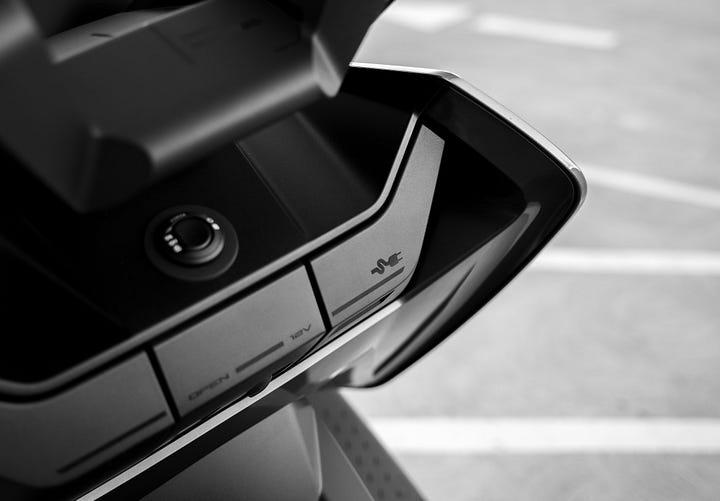
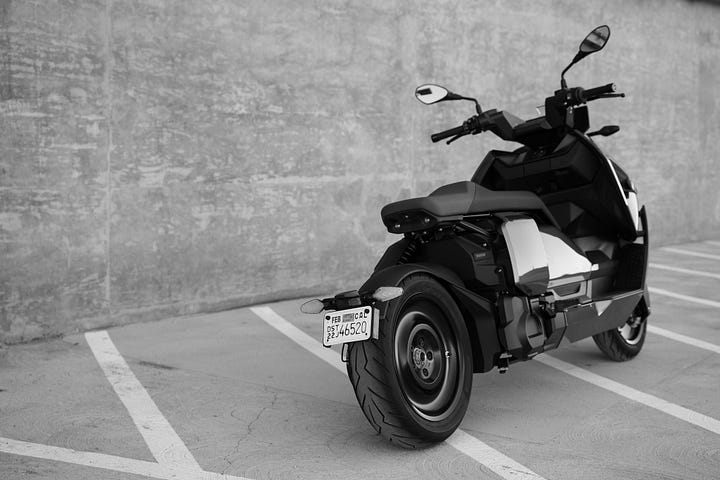
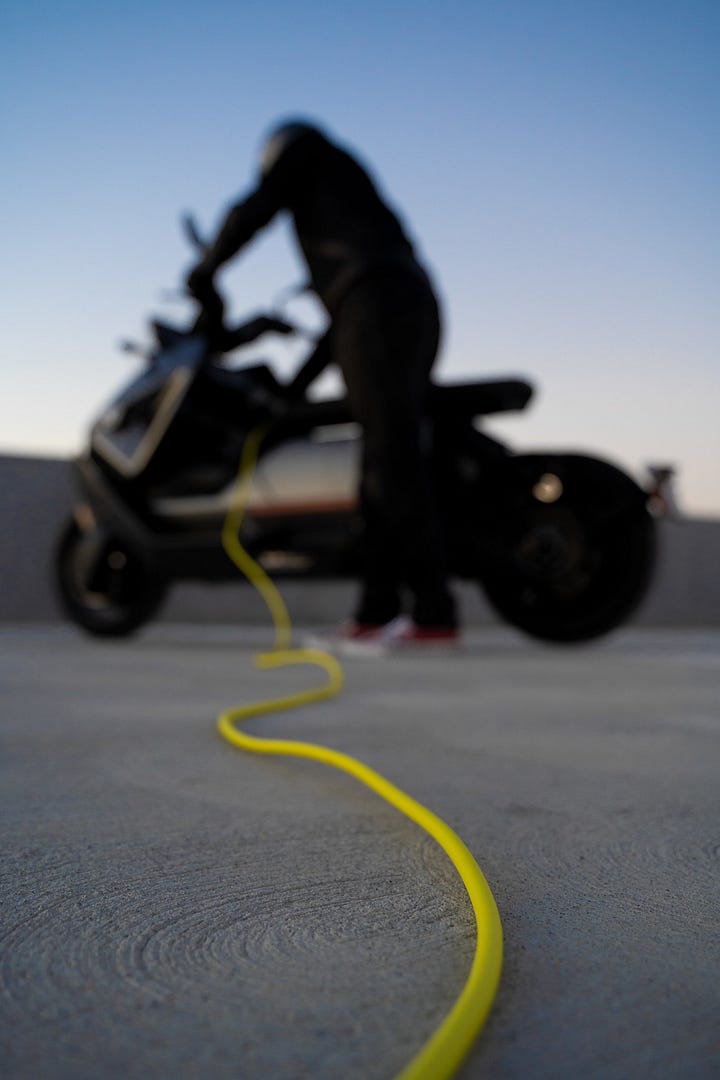
While the CE 04’s ergonomics are better than most gas-powered bikes I’ve ridden, it’s 90 inches long, a mere six inches shorter than the R 18 Heritage cruiser. Yes, much is made of EV instant torque (in this case 45.7 lb-ft at 1,500 rpm) and acceleration (0 to 30 mph in 2.6 seconds), but what does that really mean to a vehicle generating more range anxiety than the ability to find a charging station, even here in Silicon Valley? It gets a meager 75-ish miles to a charge.
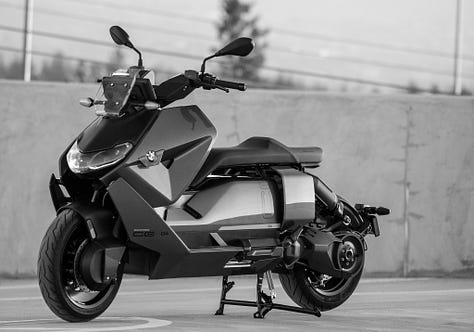
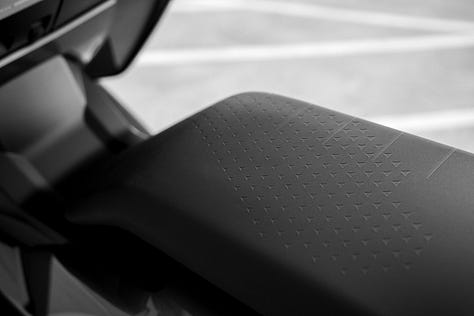

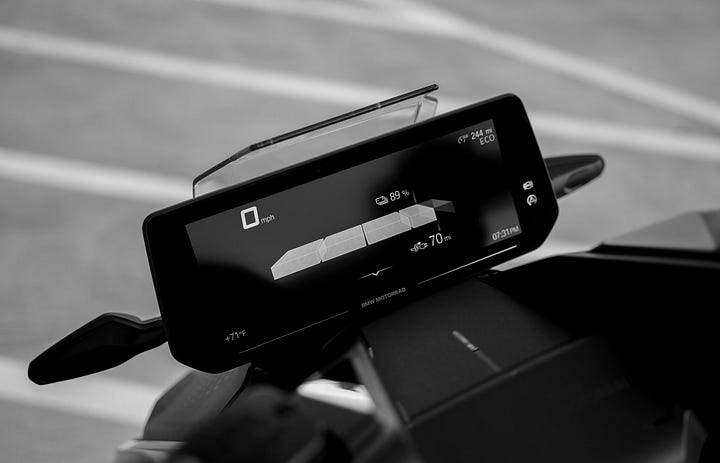
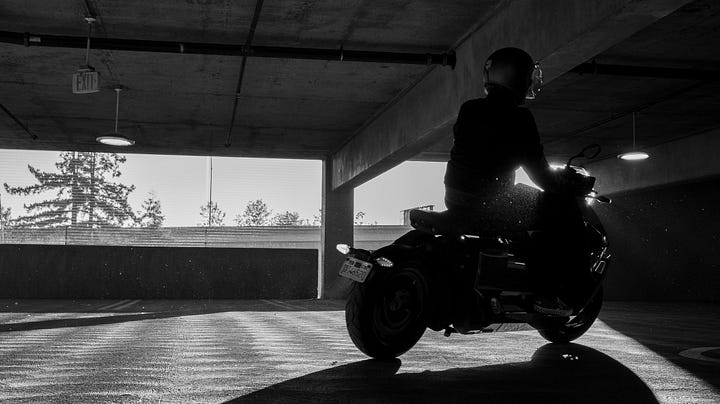
I appreciate BMW melding existing design and performance cues from both its motorcycle and automotive divisions. Problem is it didn’t deliver what true urban commuters deserve: lightweight, simplicity, affordability, practicality and range.
We had the CE 04 for a week, in which time I rode it roughly 100 miles. It didn’t turn heads, prompt conversation at coffee stops or at stop lights, or get much of a rise out of a few EV-loving friends. Not the case with my ‘73 R 75/5 or ‘62 R 60/2.
For my money, a two-wheeled vehicle must reflect my personality and be agreeable. The projected and much-hyped EV future doesn’t do it for me at this point in time, from a design or practicality standpoint. Nothing — and I mean NOTHING — beats our existing gas-powered choices and supporting infrastructure.
As for BMW Motorrad, it appears the Bavarian behemoth missed a good opportunity to lean on its robust century of design. But if our future transportation turns into 100% electric, they still have time to try again.




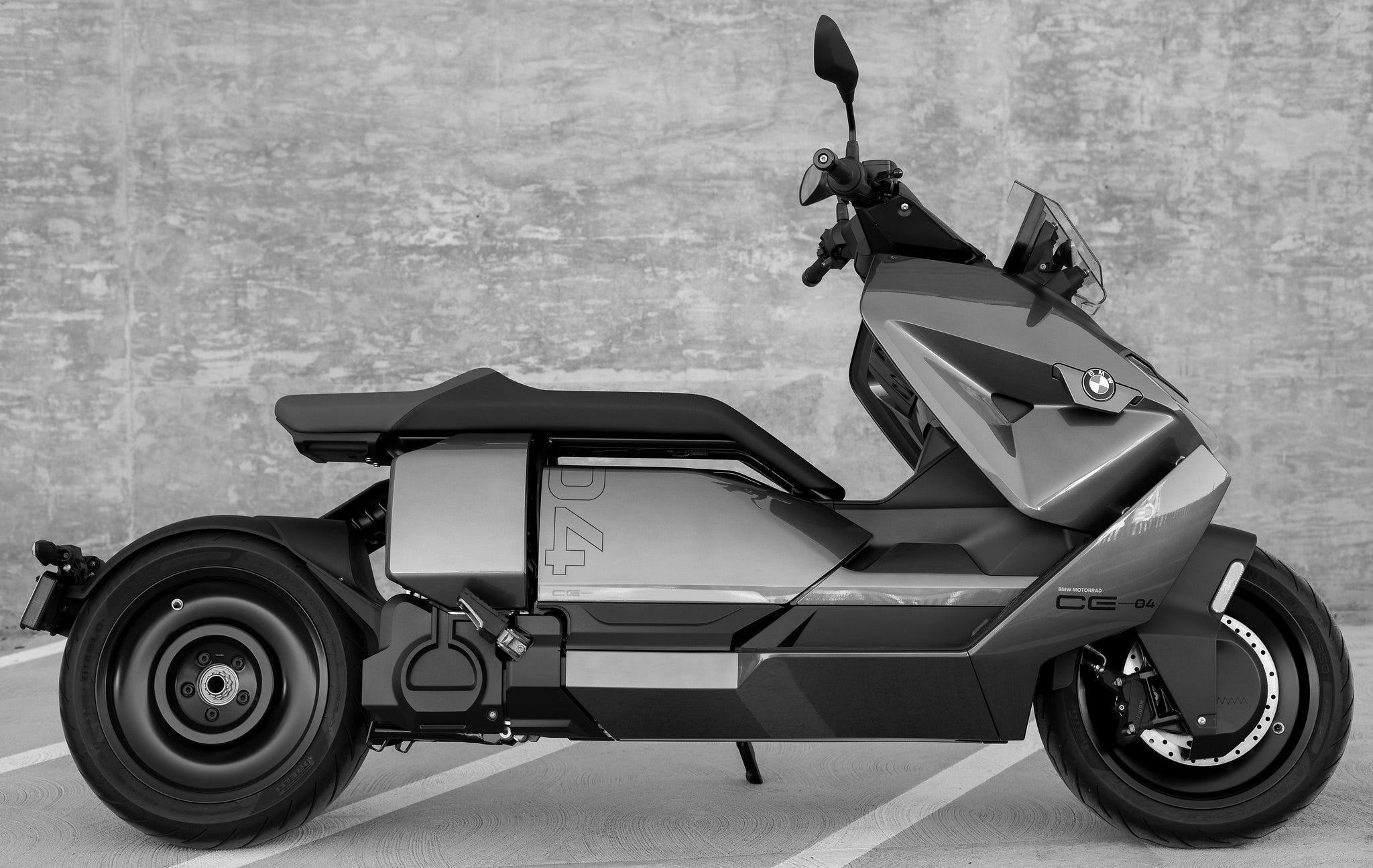
Electric makes no sense for bikes. They need to be light and lithe, smooth and fast. I park my bike in the “high efficiency vehicle” parking spots every time just to educate people on my 57 mpg dream machine. It’s quiet, quick, and ideal as a daily commuter.
Very thought-provoking read.
"For my money, a two-wheeled vehicle must reflect my personality and be agreeable." I'd say this is generally true for all vehicles.